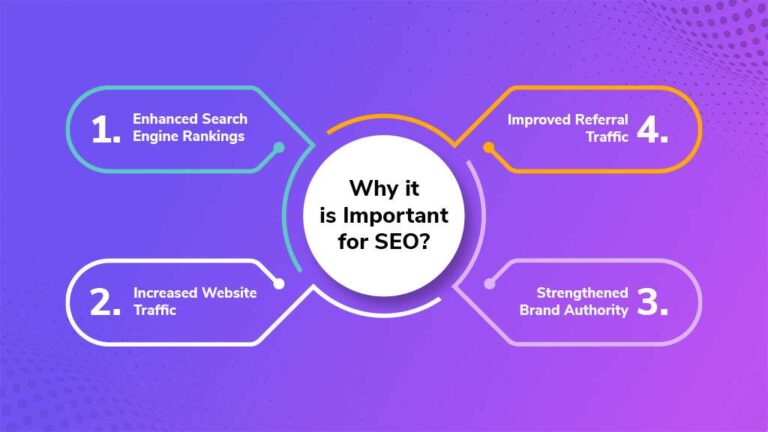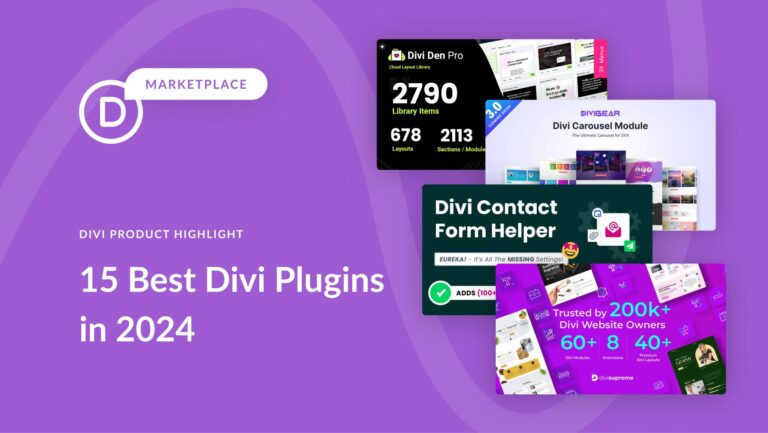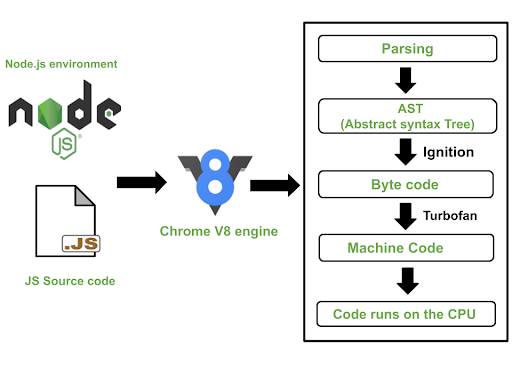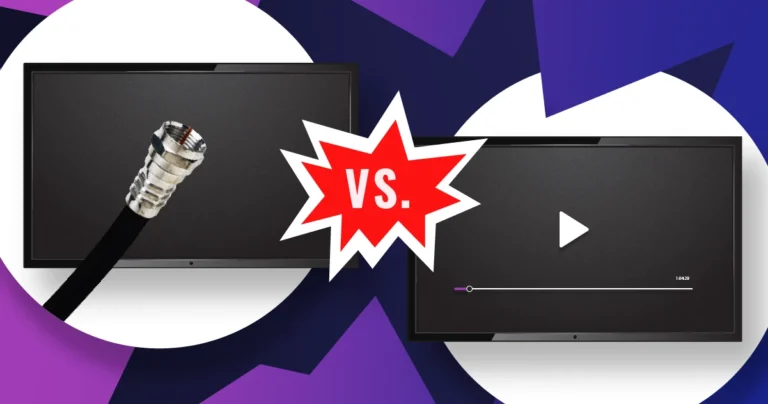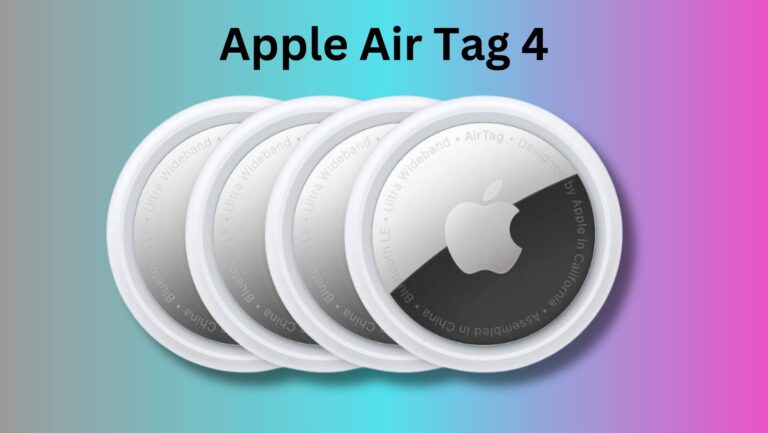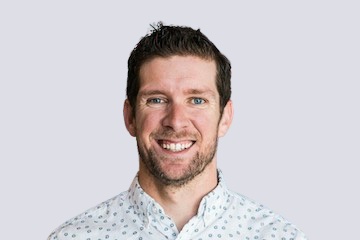
Andrew Faris once managed huge Meta ad budgets while CEO of ecommerce brands. He still manages huge budgets, but now at his agency on behalf of clients. I asked him for pointers on advertising bread-and-butter commodity-type products.
“Directness is the answer,” he told me. “The more tightly you communicate your product and what it does, the better.”
This is Faris’s third appearance on the podcast. In 2022 we discussed his career transition, having left the CEO role. Last year we addressed his new agency and its focus on Meta Ads management. This interview continues with Meta advertising — testing, tactics, creative, and more.
The entire audio of our conversation is embedded below. The transcript is edited for clarity and length.
Eric Bandholz: Give our listeners a recap of what you do.
Andrew Faris: I run a boutique marketing agency called AJF Growth. It’s me, a couple of folks in the U.S., and a few in the Philippines. We work together to grow ecommerce brands, primarily using Meta Ads. I offer strategic guidance to a small list of clients.
My “Andrew Faris Podcast” addresses what I’m seeing and learning. That includes the stuff I’ve experienced as a media buyer on the brand side. I started in ecommerce about 10 years ago.
Bandholz: Let’s talk about the episode I did on your podcast a few weeks ago.
Faris: You came to me with the idea of a series of episodes of brands willing to discuss their business, the wins and losses, with a high level of transparency, similar to your discussions about Beardbrand. You told me that Beardbrand was buying more Meta Ads. I didn’t have space for another client, but I suggested we do a coaching call to work through your ad account. I would provide my honest take if you share honest information. We’ll record it and broadcast it to my podcast listeners. It was the second “Opening the Books” episode I’ve done. I’m trying to do more.
Bandholz: We started with some media buying rules.
Faris: I use a volleyball analogy to describe advertising. Media buying is the setter, and creative is the hitter — the spike. The set matters a lot. Putting the ball in the right place will make the hitter’s job much easier. You need both, but creative scores the point.
Many brands set their Meta Ads poorly. They’re mainly launching creative tests, putting tons of money behind them, and then trying to pick the winners and scale from there.
That sounds intuitive, except for two things. The first is that brands consistently underestimate the cost of those tests. Testing the creative is probably the single biggest ad cost in many direct-to-consumer businesses.
Second, humans are terrible at objectively analyzing data. This applies to me as well. I have 10 years of experience running Meta Ads for brands. I’ve done it across every category, yet I am horrible at analyzing a dataset, picking the winner, and scaling it. The beautiful thing is that Meta Ads will do this for us via its machine learning.
Bandholz: What ads work?
Faris: Meta suppresses your losers and scales the winners. It eliminates having to test ads. That means running lots of unique ads as long as the production cost is low. The first thing I do for any Meta account is review and relaunch the backlog of creatives. I grab the ads and turn them back on with a bid cap.
Meta will only spend if it expects the click-through and conversion rates to net a cost per acquisition within your target. I like to repurpose a client’s organic social content — as long as it references a product with no licensing issues — and launch it as an ad. Even if it underperformed organically, launch it in a bid cap and see what happens. It’s low production cost with potentially high impact. Again, humans are bad at predicting ad performance. The more we think an ad sucks, the more likely it’s going to be awesome.
Bandholz: Most products are commodities, more or less, with much competition. How do those merchants stand out?
Faris: I recently talked with the owner of Jones Road Beauty, the cosmetics provider. He described a concept called the unique mechanism. Sellers of products with many competitors must hone in on what makes theirs unique.
The example he gave was P90X, the at-home workout system. There are a slew of companies selling at-home workouts. The unique mechanism of P90X was “muscle confusion.” That phrase in ads was powerful. Accomplishing muscle confusion in your workout program builds strength and improves body tone.
How do advertisers focus on the unique benefits? Directness is the answer. The more tightly you communicate your product and what it does, the better. Be clear. Keep your message core to what people seek.
Bandholz: Where can people follow you and check out the episode?
Faris: Go to AJFgrowth.com for info on the agency. Find the Beardbrand episode in any podcast directory. I’m @andrewjfaris on X.

